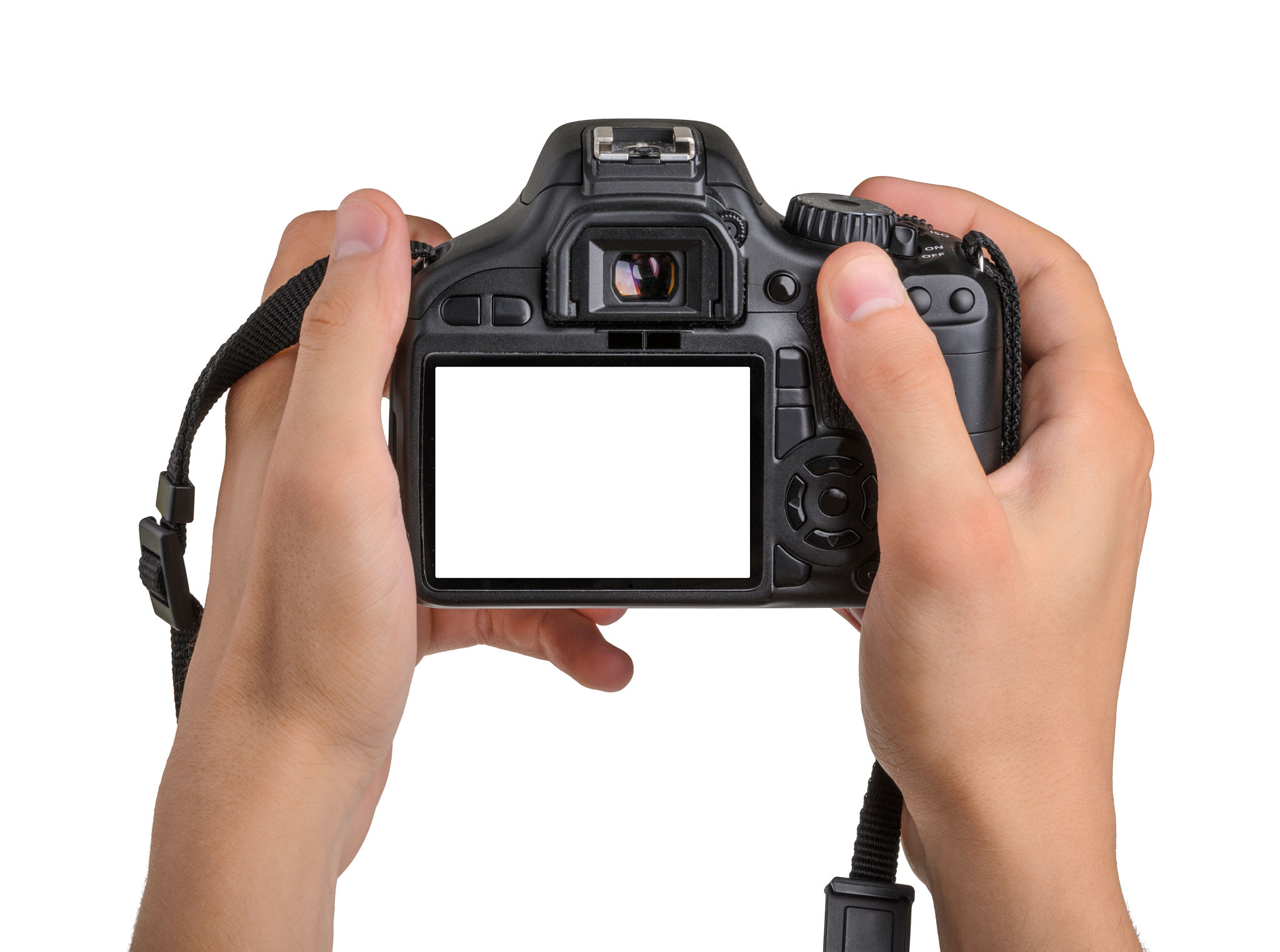DIY Photography Tips: How to Capture Stunning Images Like a Pro
Understanding the Basics of Photography
Photography, at its core, is about capturing light. To start shooting stunning images, you need to understand the fundamental aspects of photography: exposure, aperture, shutter speed, and ISO. Exposure determines how light or dark an image will be. A well-exposed photo captures the right balance between shadows and highlights.
Aperture, measured in f-stops, controls the amount of light entering the camera lens and affects the depth of field. A wide aperture (low f-stop) creates a shallow depth of field, perfect for portraits, while a narrow aperture (high f-stop) is ideal for landscapes. Shutter speed controls how long the camera's sensor is exposed to light, influencing motion blur.

Mastering Composition Techniques
Composition is an essential element that transforms an ordinary photo into a compelling image. One of the most popular techniques is the Rule of Thirds. Imagine breaking your image into nine equal parts with two horizontal and two vertical lines. Place the subject along these lines or where they intersect for a more balanced composition.
Another effective technique is leading lines, which guide the viewer's eye through the image. These can be anything from roads and rivers to fences and shadows. Framing, on the other hand, uses elements like windows or arches to create a natural border around your subject, drawing attention to it.

Lighting: The Key to Stunning Photos
Lighting can make or break a photo. Natural light is often preferred for its soft, flattering quality. The golden hour—shortly after sunrise or before sunset—provides warm and diffused light, ideal for outdoor photography. If shooting indoors, try positioning subjects near windows to harness natural light.
For more control, consider using artificial lighting such as flashes or reflectors. A reflector can bounce light back onto your subject to reduce shadows and create a more even exposure. Experimenting with different light sources can help you achieve various moods and effects in your photos.

Choosing the Right Equipment
While having high-end gear can enhance your photography, it's not necessary to capture stunning images. Start with what you have—whether it's a smartphone or an entry-level DSLR. Invest in basic equipment like a tripod for stability and a prime lens for sharper images.
If you're ready to upgrade, consider your photography style before purchasing new gear. Landscape photographers might benefit from wide-angle lenses, while portrait photographers may prefer lenses with a large aperture for beautiful bokeh effects.

Editing for Impact
Post-processing is a crucial step in photography that allows you to enhance your images further. Software like Adobe Lightroom or Photoshop enables you to adjust exposure, contrast, and color balance to achieve the desired look. Start with small adjustments to avoid over-editing.
Presets can also be a great starting point for beginners, offering one-click solutions to transform your photos. However, ensure that your edits enhance rather than overshadow the original image. Keeping edits subtle will preserve the authenticity of your work.

Practice and Experimentation
The most important tip for capturing stunning images is practice. Regularly taking photos helps you understand your camera better and develop your unique style. Don't be afraid to experiment with different settings and techniques to discover what works best for you.
Join online photography communities or local clubs to gain feedback and inspiration from fellow photographers. Constructive criticism can provide valuable insights into improving your skills and expanding your creative horizons.

Conclusion
Becoming proficient in photography doesn't happen overnight. It requires patience, practice, and a willingness to learn from mistakes. By understanding the basics, mastering composition, utilizing effective lighting, selecting suitable equipment, and refining your editing skills, you can capture stunning images like a pro.
Remember that every photographer has their journey—embrace yours and enjoy the creative process. With dedication and passion, you'll soon see significant improvements in your photography skills.
